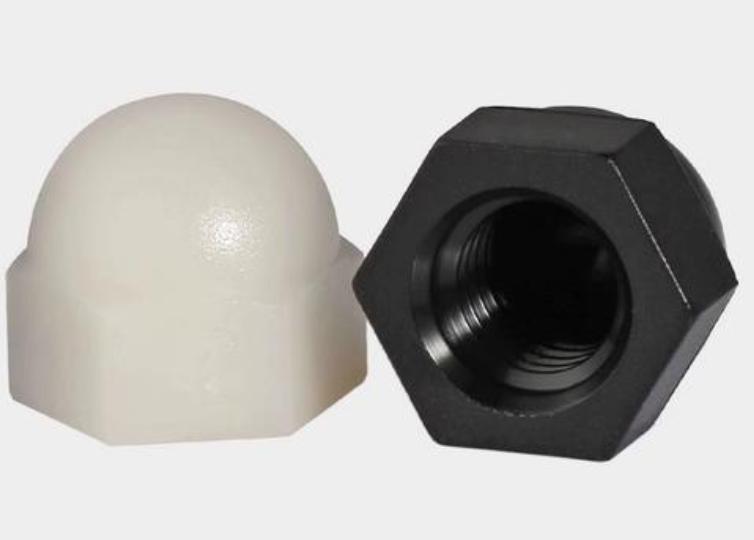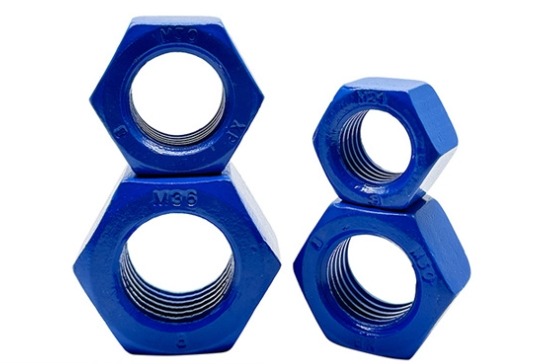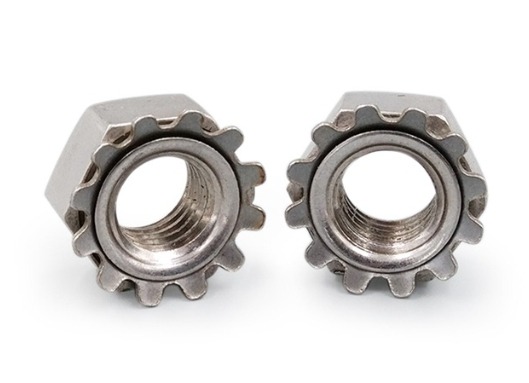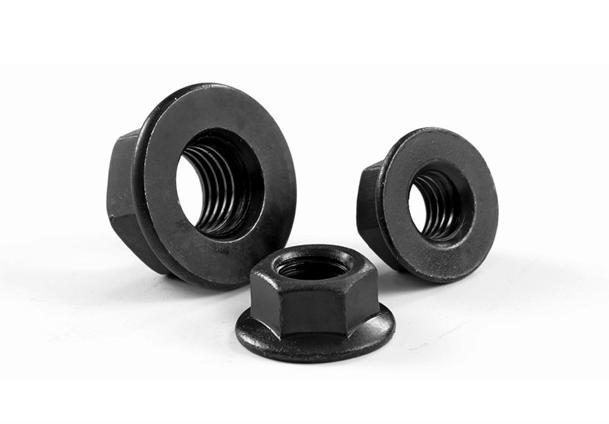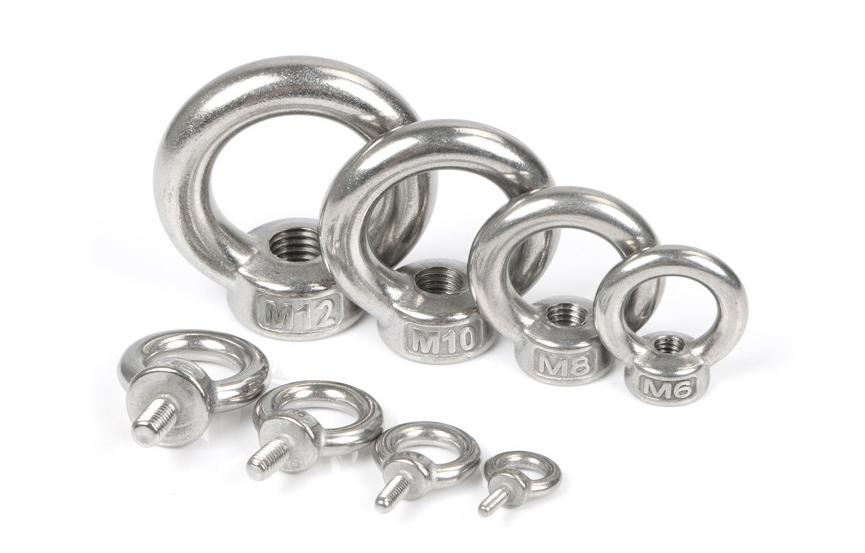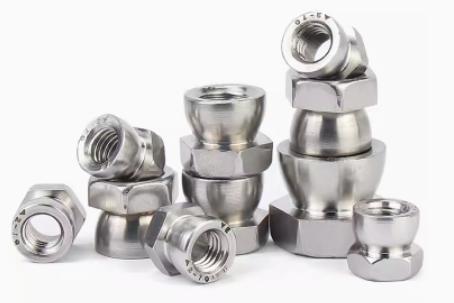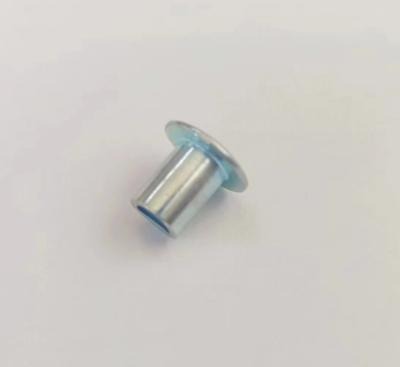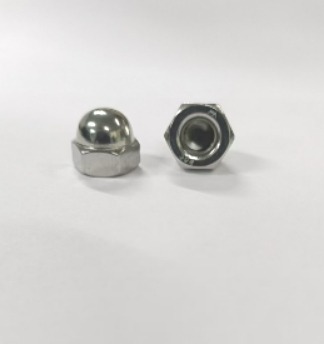Exploring the Automotive Industry’s Dependence on Hollow Rivets
The automotive industry is a complex web of innovation, engineering, and precision. Every component within a vehicle, from the engine to the suspension, plays a vital role in ensuring safety, performance, and longevity. One often overlooked yet crucial component that the industry heavily relies on is the humble hollow rivet. In this article, we’ll delve into the world of hollow rivets and uncover why they are indispensable in the automotive sector.
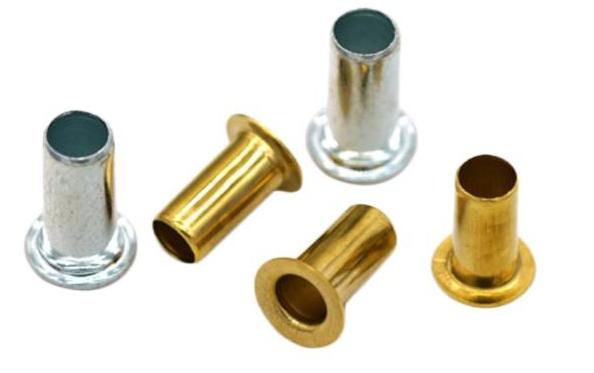
What are the Role of Rivets in Automotive Design?
Rivets, in general, are mechanical fasteners that have been used for centuries to join two or more pieces of material together. However, in the automotive world, they play a distinctive role due to their unique design and characteristics. Unlike traditional solid rivets, hollow rivets have a tubular shape with a hollow core. This characteristic provides several advantages that make them a staple in automotive manufacturing.
What are the Advantages of Hollow Rivets in Automotive?
- Lightweight Construction
One of the primary concerns in modern automotive design is weight reduction. Lighter vehicles are more fuel-efficient and emit fewer greenhouse gases. Hollow rivets contribute significantly to this goal because they are inherently lighter than their solid counterparts. The reduced weight helps automakers meet stringent fuel efficiency standards without compromising on structural integrity.
- Vibration Dampening
Cars are constantly subjected to vibrations and shocks, especially during travel over uneven roads. Hollow rivets are adept at absorbing and dispersing these vibrations due to their hollow structure. This dampening effect helps improve passenger comfort and reduce wear and tear on vehicle components.
- Enhanced Structural Integrity
Although hollow rivets are lighter, they are by no means weaker. In fact, they often provide enhanced structural integrity. Their tubular design allows for a more secure grip on materials, reducing the likelihood of rivet failure. In automotive applications, this translates to increased safety for passengers and improved overall vehicle durability.
- Corrosion Resistance
Automobiles face a variety of environmental conditions, including rain, snow, and road salt, all of which can lead to corrosion. Hollow rivets, typically made from corrosion-resistant materials like aluminum or stainless steel, are designed to withstand these challenges. This corrosion resistance extends the lifespan of automotive components and ensures long-term reliability.
- Manufacturing Efficiency
Automotive manufacturing is a high-precision, high-efficiency operation. Hollow rivets contribute to this efficiency by simplifying the assembly process. Their design allows for quick and straightforward installation, reducing production time and costs. This efficiency is particularly crucial in an industry where every second counts.
- Versatile Applications
Hollow rivets are not limited to a single application within the automotive industry. They are used in various parts of a vehicle, including body panels, interior components, and undercarriage structures. Whether it’s securing a dashboard assembly or attaching a fender, hollow rivets are versatile fasteners that engineers rely on to meet diverse needs.
- Meeting Stringent Safety Standards
Safety is paramount in the automotive industry. Hollow rivets play a significant role in meeting and exceeding safety standards. Their ability to securely fasten critical components, such as airbags and seatbelt mechanisms, ensures that safety features function as intended in the event of a collision or emergency.
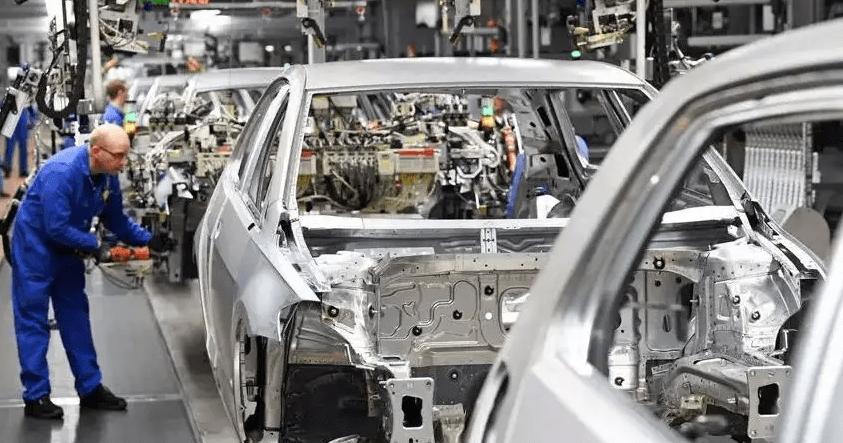
Future Prospects for Hollow Rivets in Automotive Design
As the automotive industry continues to evolve, so does the role of hollow rivets. With advancements in materials science and manufacturing technologies, hollow rivets are becoming even lighter, stronger, and more corrosion-resistant. These developments align with the industry’s pursuit of electric vehicles (EVs) and autonomous driving, where weight reduction and structural integrity are paramount.
Moreover, the trend towards more sustainable transportation aligns with the advantages of hollow rivets. Reduced vehicle weight leads to lower fuel consumption and emissions, which are essential factors in achieving a greener future for the automotive industry.
Conclusion
Hollow rivets may not be the most glamorous component of a vehicle, but their significance cannot be overstated. They are the unsung heroes of automotive design, contributing to lightweight construction, enhanced structural integrity, and manufacturing efficiency. As the automotive industry advances toward a more sustainable and technologically driven future, hollow rivets will continue to play a pivotal role in shaping the vehicles of tomorrow. So, the next time you get behind the wheel of your car, take a moment to appreciate the silent strength of the hollow rivets that keep you safe and comfortable on your journey.

